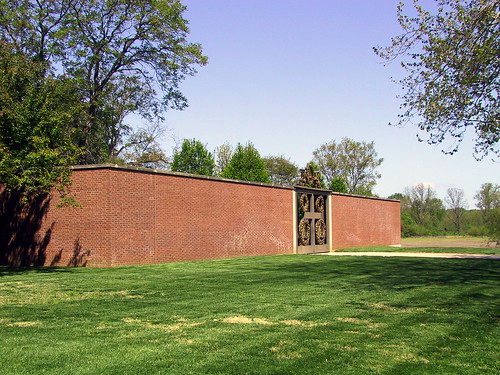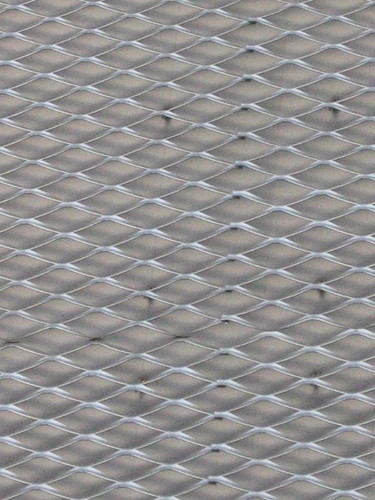
Colosseo Quadrato, originally uploaded by Daniele Muscetta
Amazing article, The empire’s new clothes, about Mussolini’s twenty year building and renovation spree which remade Rome as much as Napoleon remade Paris.
Il Duce was obsessed with Rome, both as physical city and historical symbol. He wanted his fellow Italians to absorb “Romanita”, or Roman-ness. “Rome is our point of departure and reference,” he said. “We dream of a Roman Italy, that is to say wise, strong, disciplined and imperial.”
…
He even called his grandiose projects “the war that we prefer”, leading some historians to argue that Italian fascism could have had a peaceful future. They are wrong: to the fascists, a building site was always the antechamber to a battlefield.
Nonetheless, for 20 years, Mussolini could do pretty much what he wanted, using the resources of the state. He began by knocking things down. Demolition was as important as construction and, as a result, Rome today looks nothing like it did in the 1920s. Then, cheap tenements hemmed in many of the great classical monuments until they were all but invisible. Mussolini talked about “liberating” the Roman ruins. “All the monuments [of ancient Rome] will stand in their necessary solitude,” he proclaimed. “Like the great oak, they must be freed from all the darkness that surrounds them.”
What continually frustrates me about these sorts of reviews are the lack of photos and maps. To alleviate this, I created a Google Mashup of Mussolini’s Rome to follow. Or you can view it below:
Interesting that the twenty years of Mussolini’s rule have almost been expunged from thought and history (talk about the giant elephant in the room) yet his legacy in built form will live on. I didn’t even realize that the Via dei Fori Imperiali connecting the Palazzo Venezia to the Colosseum was a recent urban intervention. It is almost as if history has been uprooted from context because the man who begot the interventions has been relegated to the far reaches of memory; as if, in polite company, it is uncouth to speak of his works.
Update May 2012
Mussolini’s modern Rome by travel writer Susan Spano published in 2009 feels very similar to the above FT article:
Stray cats padding through the four ancient temples at Largo Argentina, a square just west of Piazza Venezia, inhabit another frame of Il Duce’s dream: archaeological Rome. The Largo Argentina site was discovered when Mussolini ordered the clearing of what was then a slum as part of a wide-ranging project to facilitate traffic and improve hygiene.
But after visiting the square in 1928, he vowed that new construction would never obscure the truncated columns and scattered capitals of the Republican-era temples. Largo Argentina remains a time-warping, mind-bending place where the modern and ancient worlds collide.
Excavating and opening access to ruins — especially those from the age of Il Duce’s hero Emperor Caesar Augustus — became a Fascist fundamental. Mussolini cared little for the art and architecture of subsequent, decadent periods, resulting in the now-lamented demolition of Baroque churches and whole medieval districts, including the winding lanes on the west side of the Tiber River that took pilgrims to St. Peter’s Basilica. In 1936, these were eradicated to make room for the soullessly broad and straight Via della Conciliazione.
This is the description of the Borgo (Rioni di Roma), a semi-obsession of mine.







